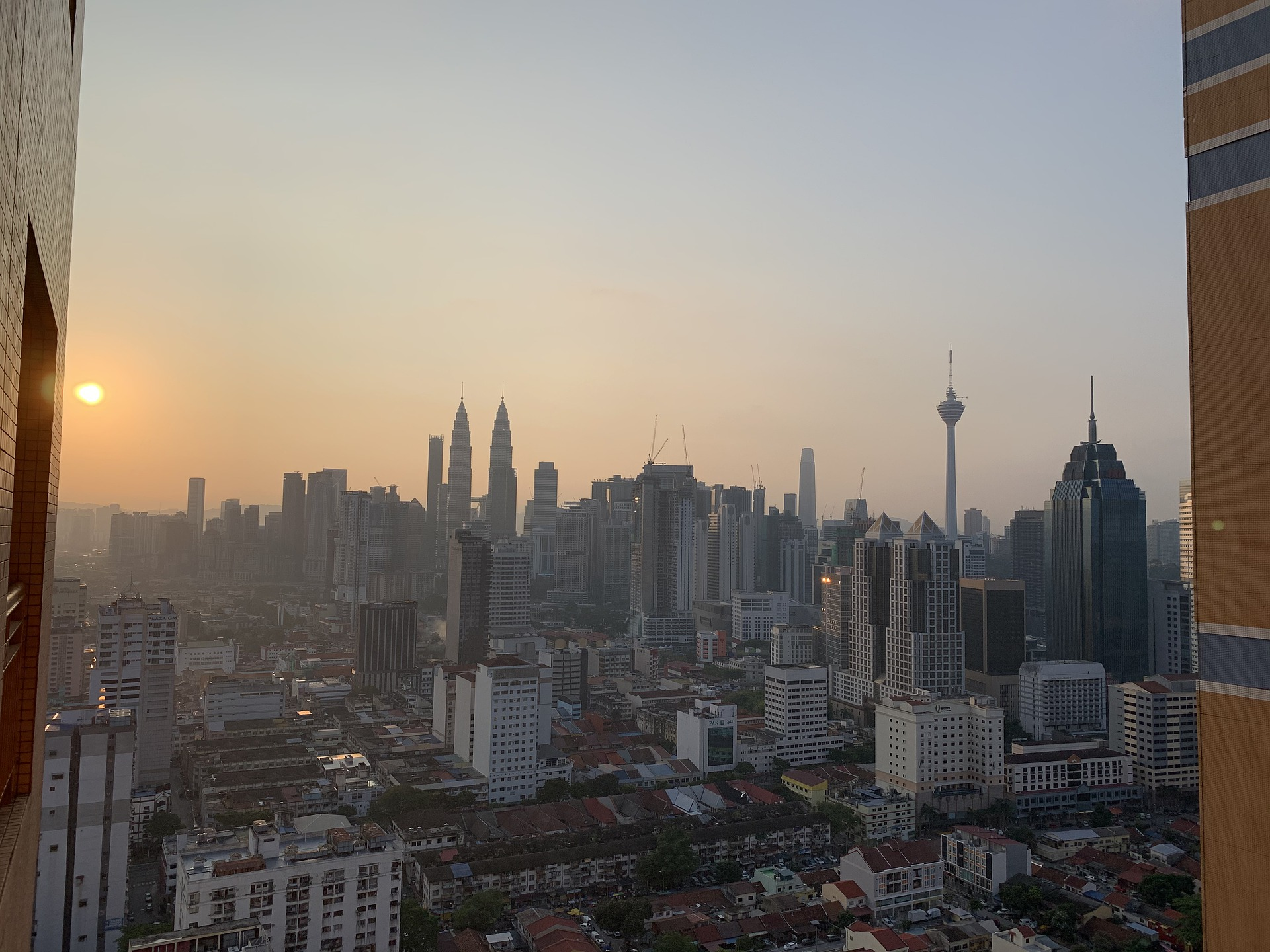Malaysia’s Sustainable Energy Development Authority (Seda) has begun accepting applications for the Net Energy Metering 3.0 program (NEM 3.0) today.
The new scheme replaced the NEM 2.0 program that was introduced in January 2019 and expired at the end of 2020. The 500MW quota under the NEM 2.0 scheme was fully subscribed by the end of December. “All existing NEM 2.0 draft applications that couldn’t secure quota by 31st December 2020 will be removed from the dedicated platform during the maintenance period,” the Seda specified.
The NEM 3.0 program will be in force until the end of 2023 and will be aimed at allocating 500 MW of rooftop PV capacity.
This quota will be assigned through three different sub-schemes: the NEM Rakyat program for residential systems, which will allocate 100 MW and grant a net metering tariff over a 10-year period; the NEM GoMEn regime for government ministries and public entities, through which another 100 MW will be assigned under the same conditions as the NEM Rakyat; and the 300 MW NEM Nova scheme, or Net Offset Virtual Aggregation, which will enable commercial and industrial PV system owners to sell excess power to the grid at market price or system marginal price (SMP). In the Malaysian electricity market, the SMP is given by the price of the most expensive marginal generator scheduled or dispatched to meet demand in the half-hour period.
Net metering replaced Malaysia’s feed-in tariff incentive scheme in January 2016. In May 2017, Malaysia made the system more attractive and in 2019, with the NEM 2.0 program, the surplus power generated by the PV system was for the first time paid on a “one-on-one” offset basis, which meant that every kilowatt-hour injected into the network was offset against a kilowatt-hour of electricity taken from the grid. Under the previous regime, exported energy carried less value than consumed grid power.
Popular content
At the end of 2019, the country had around 882 MW of installed solar generation capacity, according to the International Renewable Energy Agency. The Malaysian government is also supporting large-scale PV through a series of tenders, the latest of which was launched in May.
This content is protected by copyright and may not be reused. If you want to cooperate with us and would like to reuse some of our content, please contact: [email protected].


